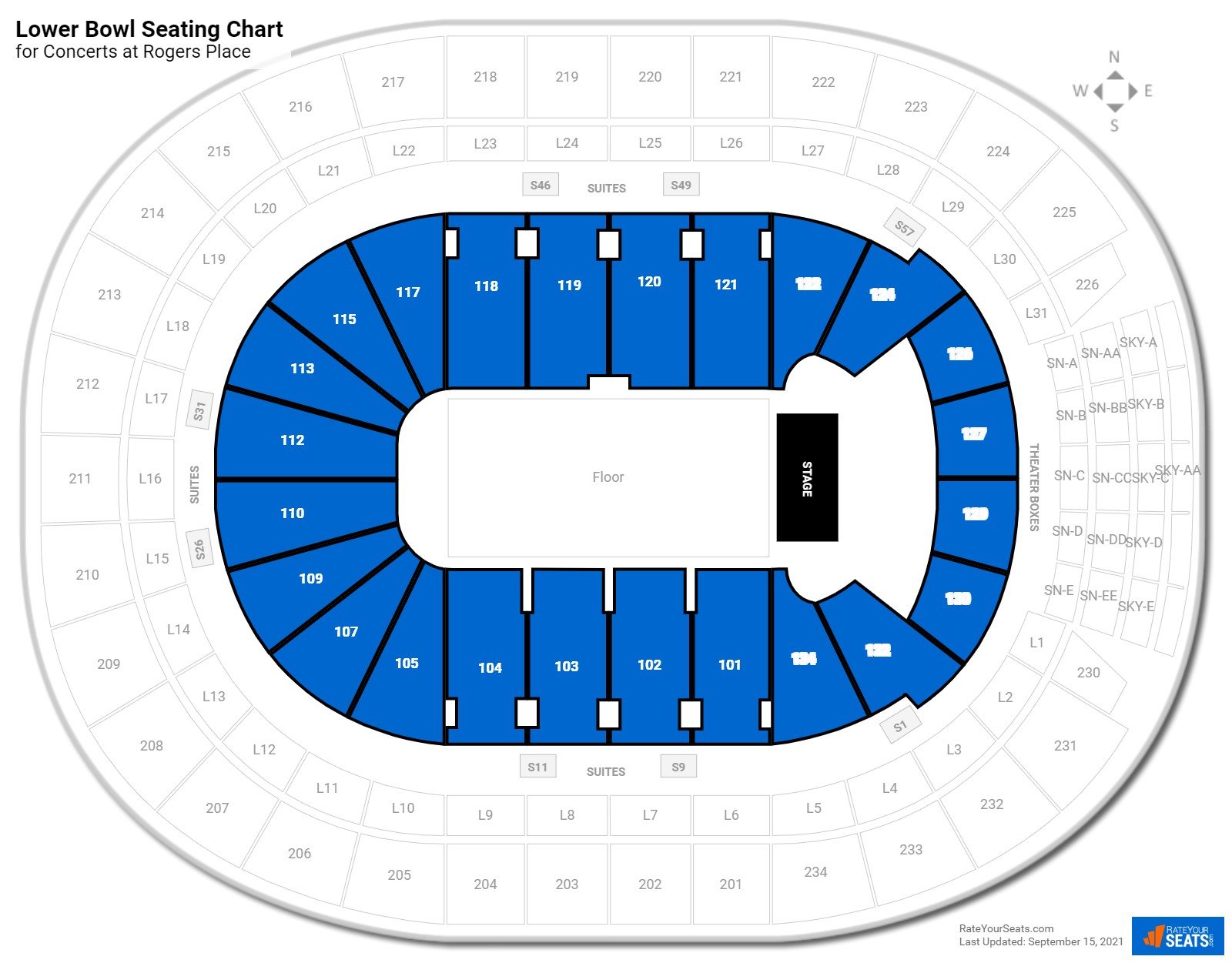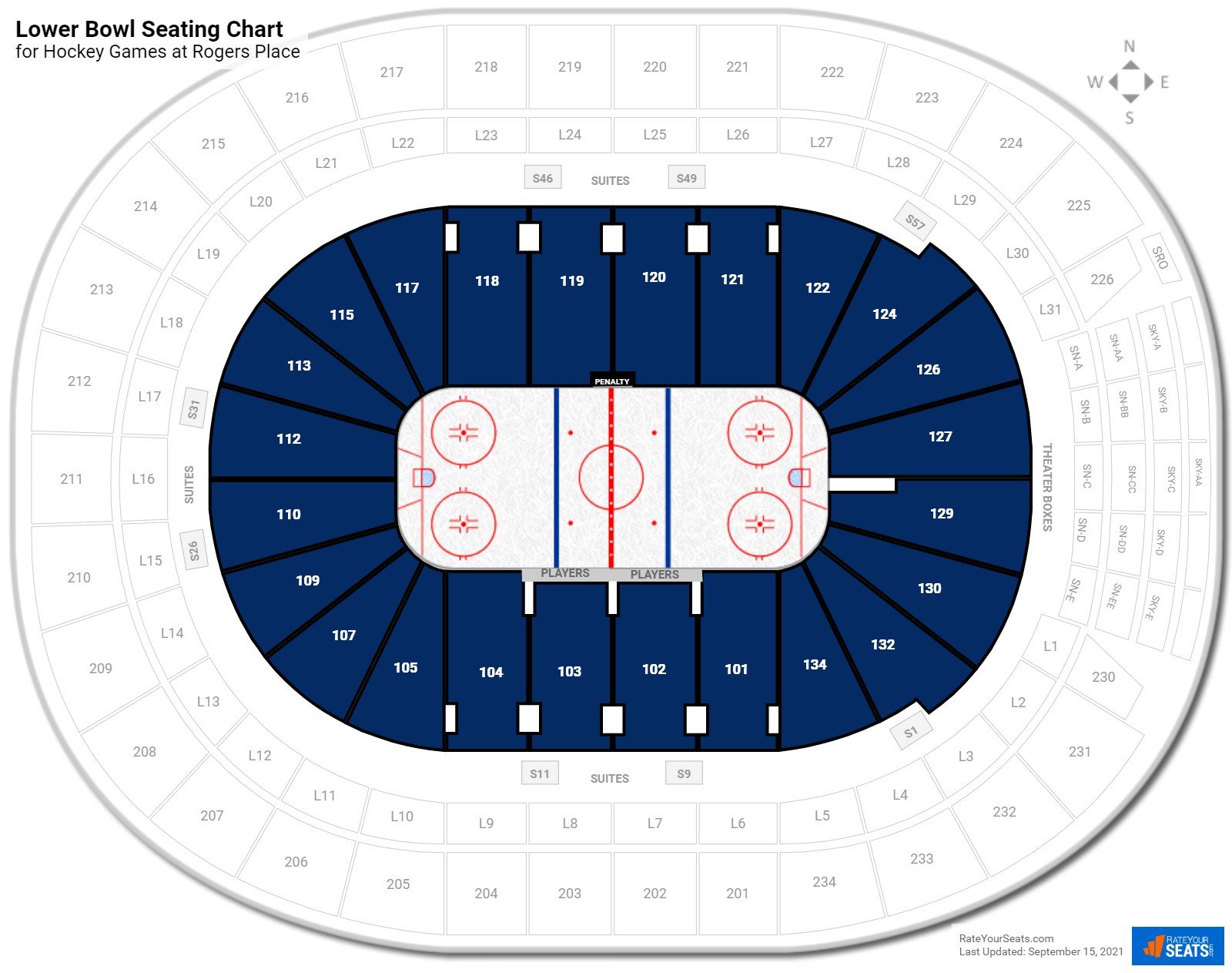Lower Bowl: The Ultimate Guide To Understanding Its Role, Benefits, And Applications
Hey there, folks! Let me tell you something interesting about lower bowls. If you’ve ever wondered what this term means or why it’s so important, you’ve come to the right place. Whether you’re a DIY enthusiast, a mechanic, or just someone curious about automotive parts, understanding the lower bowl can make a huge difference in your knowledge base. So, buckle up because we’re diving deep into the world of lower bowls!
Now, you might be thinking, “What exactly is a lower bowl?” Well, it’s more than just a part of an engine system. Think of it as the unsung hero that keeps everything running smoothly under the hood. From oil pans to gearboxes, the lower bowl plays a critical role in maintaining performance and durability. Stick around, and I’ll break it all down for you.
Before we dive deeper, let’s clarify why this topic matters so much. Whether you’re working on your car, motorcycle, or even heavy machinery, knowing how the lower bowl functions can save you time, money, and frustration. It’s one of those components that often gets overlooked until something goes wrong. But hey, that’s why we’re here—to give you the full scoop!
- Lee Byunghun Vom Koreanischen Star Zur Globalen Ikone Sein Weg
- Entdecke Sprunki Pyramixed Mod Musik Magie Update
What Exactly is a Lower Bowl?
Alright, let’s get technical for a moment. A lower bowl refers to the part of an engine system that acts as a reservoir for oil or lubricants. In simpler terms, it’s like the tank where all the gooey goodness lives to keep your engine running like a well-oiled machine—pun intended! Depending on the type of equipment, the lower bowl can vary in design and function, but its primary role remains the same: storing and distributing oil efficiently.
Here’s a fun fact: The lower bowl isn’t just limited to cars. You’ll find it in motorcycles, generators, and even industrial machinery. Its versatility makes it an essential component across various industries. And if you’re wondering how it fits into the bigger picture, imagine it as the foundation that supports the entire engine system.
Key Functions of the Lower Bowl
So, what does the lower bowl actually do? Let’s break it down into bite-sized chunks:
- Der Zwilling Mann Alles Ber Seine Eigenschaften Geheimnisse
- Enthllt Die Karl Malone Affre Gloria Bell Und Die Folgen Schock
- Oil Storage: The lower bowl serves as the main storage area for engine oil, ensuring there’s always enough lubricant available.
- Cooling: By containing the oil, the lower bowl helps regulate engine temperature, preventing overheating.
- Sealing: It provides a tight seal to prevent leaks, keeping your engine clean and efficient.
- Protection: The lower bowl shields internal components from debris and contaminants, extending the lifespan of your engine.
See? It’s not just a random piece of metal; it’s a multitasking powerhouse that keeps things running smoothly.
Why is the Lower Bowl Important?
Let’s face it—your engine is only as good as its weakest link. And if the lower bowl fails, you’re looking at a whole lot of trouble. Here’s why this component deserves your attention:
First off, the lower bowl directly impacts engine performance. If it’s damaged or improperly installed, you could end up with oil leaks, reduced lubrication, and ultimately, engine failure. Not exactly the dream scenario, right? That’s why regular maintenance and inspections are crucial to ensure everything’s in tip-top shape.
Common Issues with Lower Bowls
While lower bowls are built to last, they’re not immune to wear and tear. Here are some common problems you might encounter:
- Cracks: Over time, the lower bowl can develop cracks due to heat or impact.
- Leaks: Poor sealing or damaged gaskets can lead to oil leaks, which is a major headache.
- Clogging: Dirt and debris can accumulate in the lower bowl, affecting oil flow and engine performance.
Don’t worry, though—most of these issues can be avoided with proper care and maintenance. We’ll talk more about that later!
Types of Lower Bowls
Not all lower bowls are created equal. Depending on the application, you’ll find different types designed for specific purposes. Here’s a quick rundown:
1. Car Engine Lower Bowls
These are the most common type, found in passenger vehicles. They’re typically made from aluminum or steel and designed to withstand the rigors of daily driving. Key features include durability, heat resistance, and compatibility with modern engines.
2. Motorcycle Lower Bowls
Motorcycles require lightweight yet robust components, and lower bowls are no exception. These are often smaller and more compact than their car counterparts, optimized for high-performance engines.
3. Industrial Lower Bowls
When it comes to heavy machinery, durability is king. Industrial lower bowls are engineered to handle extreme conditions, such as high temperatures and heavy loads. They’re usually larger and more robust, designed for long-lasting performance.
How to Choose the Right Lower Bowl
Picking the right lower bowl can feel overwhelming, especially with so many options on the market. But don’t sweat it—I’ve got you covered. Here are a few tips to help you make the right choice:
- Compatibility: Ensure the lower bowl fits your specific engine model and type.
- Material: Opt for high-quality materials like aluminum or steel for better performance and longevity.
- Brand Reputation: Stick with trusted brands known for producing reliable and durable components.
- Budget: While cheaper options might seem tempting, investing in a quality lower bowl will save you money in the long run.
Remember, the right lower bowl can make all the difference in your engine’s performance and lifespan.
Maintenance Tips for Your Lower Bowl
Now that you know how important the lower bowl is, let’s talk about keeping it in shape. Regular maintenance is key to preventing issues down the road. Here’s what you need to do:
1. Check for Leaks
Oil leaks are a telltale sign of a problematic lower bowl. Inspect the area regularly for any signs of leakage and address them promptly.
2. Clean It Regularly
Dirt and debris can accumulate in the lower bowl, affecting oil flow and engine performance. Clean it thoroughly during routine maintenance checks.
3. Replace Worn Components
Don’t wait until something breaks—replace worn gaskets and seals before they cause bigger problems.
Lower Bowl Installation: A Step-by-Step Guide
If you’re feeling adventurous, installing a lower bowl yourself can be a rewarding experience. Just follow these steps carefully:
- Drain the old oil from the engine.
- Remove the old lower bowl, taking note of its orientation and placement.
- Clean the mounting surface to ensure a proper seal.
- Apply a new gasket and install the new lower bowl, tightening bolts in a crisscross pattern.
- Refill the engine with fresh oil and check for leaks.
It’s as simple as that! Well, almost. If you’re not confident in your skills, it’s always best to consult a professional mechanic.
Cost Considerations for Lower Bowls
Budgeting for a new lower bowl? Prices can vary depending on the type, brand, and application. On average, you’re looking at anywhere from $50 to $200 for a standard car engine lower bowl. High-performance or industrial options may cost significantly more. Keep in mind that labor costs can also add up if you’re having it installed professionally.
Ways to Save Money
Here are a few tips to stretch your budget without sacrificing quality:
- Shop around for deals and discounts.
- Buy directly from manufacturers or authorized dealers.
- Consider refurbished or remanufactured parts if they meet your needs.
Remember, cutting corners on quality can lead to costly repairs down the line.
Lower Bowl vs. Oil Pan: What’s the Difference?
Many people confuse the lower bowl with an oil pan, but they’re not exactly the same thing. While both serve similar functions, there are key differences:
- Design: Oil pans are typically shallower and wider, while lower bowls are deeper and more compact.
- Application: Oil pans are mainly used in automotive engines, whereas lower bowls are found in a wider range of applications.
- Construction: Lower bowls are often reinforced for added strength and durability.
Understanding these distinctions can help you make informed decisions when choosing the right component for your needs.
Conclusion: The Lower Bowl Matters!
And there you have it—a comprehensive guide to everything you need to know about lower bowls. From their functions and importance to maintenance tips and cost considerations, we’ve covered it all. Remember, the lower bowl is a vital component that deserves your attention and care. By investing in quality parts and regular maintenance, you can ensure your engine runs smoothly for years to come.
So, what’s next? If you found this article helpful, feel free to leave a comment or share it with your friends. And if you’re ready to dive deeper into automotive knowledge, check out our other articles on related topics. Stay tuned, and keep those engines purring!
- Joyce Caprio Das Herz Hinter Richter Caprio Familienglck
- Filme Online Schauen So Finden Sie Legale Anbieter Tipps

Rogers Place Lower Bowl

Rogers Place Lower Bowl

Best and Worst Seats at Bell Centre A Quick Guide for Fans The